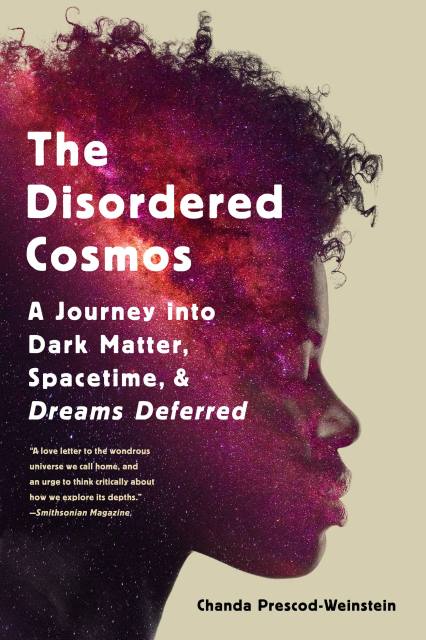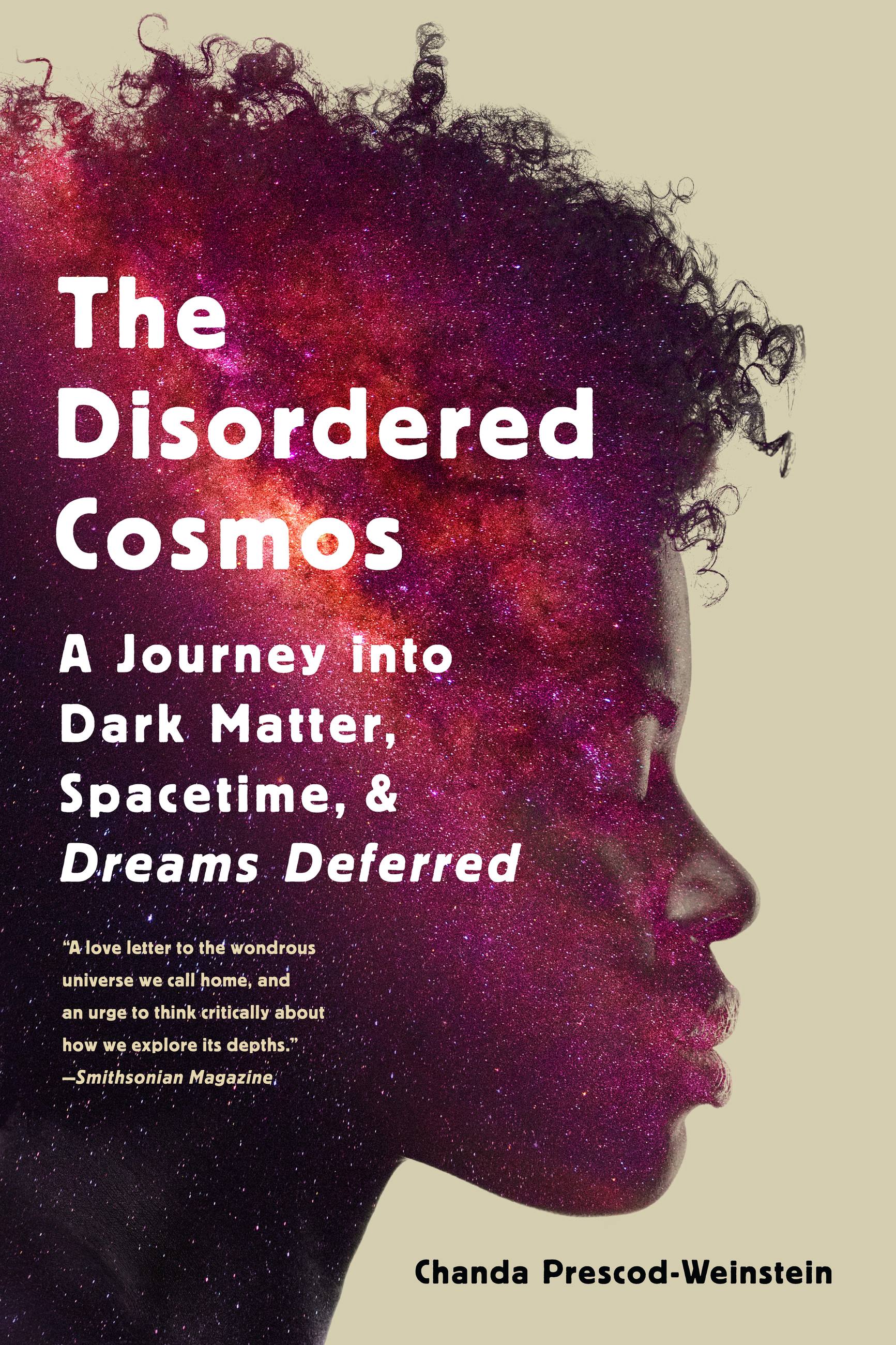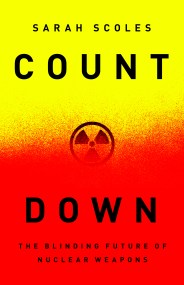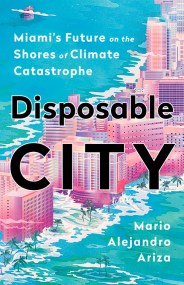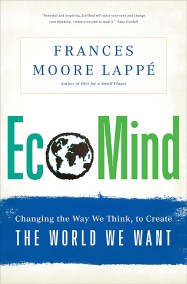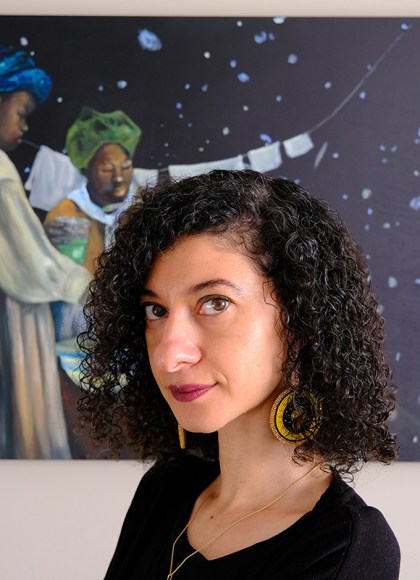Promotion
Use code MOM24 for 20% off site wide + free shipping over $45
The Disordered Cosmos
A Journey into Dark Matter, Spacetime, and Dreams Deferred
Contributors
Formats and Prices
Price
$19.99Price
$25.99 CADFormat
Format:
- Trade Paperback $19.99 $25.99 CAD
- ebook $11.99 $15.99 CAD
- Hardcover $28.00 $35.00 CAD
- Audiobook Download (Unabridged) $27.99
This item is a preorder. Your payment method will be charged immediately, and the product is expected to ship on or around May 10, 2022. This date is subject to change due to shipping delays beyond our control.
Also available from:
From a star theoretical physicist, a journey into the world of particle physics and the cosmos—and a call for a more liberatory practice of science.
Winner of the 2021 Los Angeles Times Book Prize in Science & Technology
Winner of the 2022 Phi Beta Kappa Book Award in Science
Winner of the 2022 PEN Oakland Josephine Miles Award
A Finalist for the 2022 PEN/E.O. Wilson Literary Science Writing Award
A Smithsonian Magazine Best Science Book of 2021
A Symmetry Magazine Top 10 Physics Book of 2021
An Entropy Magazine Best Nonfiction Book of 2020-2021
A Publishers Weekly Best Nonfiction Book of the Year
A Kirkus Reviews Best Nonfiction Book of 2021
A Booklist Top 10 Sci-Tech Book of the Year
In The Disordered Cosmos, Dr. Chanda Prescod-Weinstein shares her love for physics, from the Standard Model of Particle Physics and what lies beyond it, to the physics of melanin in skin, to the latest theories of dark matter—along with a perspective informed by history, politics, and the wisdom of Star Trek.
One of the leading physicists of her generation, Dr. Chanda Prescod-Weinstein is also one of fewer than one hundred Black American women to earn a PhD from a department of physics. Her vision of the cosmos is vibrant, buoyantly nontraditional, and grounded in Black and queer feminist lineages.
Dr. Prescod-Weinstein urges us to recognize how science, like most fields, is rife with racism, misogyny, and other forms of oppression. She lays out a bold new approach to science and society, beginning with the belief that we all have a fundamental right to know and love the night sky. The Disordered Cosmos dreams into existence a world that allows everyone to experience and understand the wonders of the universe.
Genre:
-
“A resonant paean to the beauties of the cosmos and a persuasive appeal for solutions to injustices in science.”Publishers Weekly (starred review)
-
“In this powerful and compelling book, Prescod-Weinstein lays it out patently: Racist and sexist policies and behaviors are rampant across all scientific disciplines…From the hunt for dark matter (her area of expertise) to the often fraught relationship among Indigenous peoples, their lands, and high-tech experiments, Prescod-Weinstein’s deep dives into complex subjects are accessible and exhilarating... A timely, necessary, stellar book—a game-changer.”Kirkus Reviews (starred review)
-
“Particle physicist Prescod-Weinstein presents a provocative and richly detailed critique of the largely white and male scientific community and her place in it as a Black queer woman…A fascinating and disquieting look at a discipline that often holds itself above interrogation.”Booklist (starred review)
-
“In this eye-opening book Prescod-Weinstein describes her work studying particle physics, dark matter and cosmology, as well as how that work is affected by being a ‘queer agender Black woman’ in physics. She has faced abuse most of her colleagues have not—told by advisers she was not smart enough to be a physicist and subjected to racism and even physical assault from fellow researchers. Somehow her awe at the cosmos remained intact, and it illuminates this fascinating tour of the universe, from cosmic inflation to the physics of melanin.”Scientific American
-
“Part introduction to quantum mechanics and cosmology, part memoir, and part sociological study, this work challenges readers to question the nature of how science is done in contemporary society, as well as what it means when everyone has a seat at the cosmological table. For general science readers, gender and feminist studies students, and those concerned about the role feminist and racial politics plays in STEM professions.”Library Journal
-
“Celebrated scientist Dr. Prescod-Weinstein uncovers how systematic racism limits humanity’s potential. Using the universe as her classroom, she highlights the value of equality in laboratories and society at large.”Essence
-
“The Disordered Cosmos is equal parts critical analysis, personal essay, and popular science…Prescod-Weinstein not only narrates her struggle to become a cosmologist, she advocates for all peoples whom physicists have undervalued…Prescod-Weinstein’s most vital work, in the end, is the emancipation of Black and brown children who still cannot see their futures in the stars.”Undark
-
“Physics and astronomy are often seen as abstract and universal, but this wide-ranging corrective, by a particle cosmologist, emphasizes the fact that they are also ‘a human, social enterprise,’ shaped by the same racism and sexism that plague society as a whole.”The New Yorker
-
"The Disordered Cosmos, more than most other science books, is an urgently needed call for justice. It is brave, passionate and angry, and rightly so. If the book and documentary A Brief History of Time were influential in making a wider public accept and celebrate disabled scientists, Prescod-Weinstein’s book will hopefully do the same for people of colour and other marginalized groups.”Nature Astronomy
-
"In this one-of-a-kind book, Dr. Chanda Prescod-Weinstein simultaneously discusses her love of physics while placing that love in tension with science as a discipline that is deeply marred by racism…the author shows us that the field of science can do amazing things, but also, if placed in the wrong hands, can be deeply damaging to people of color.”Book Riot
-
“Her book is a tour of particles like quarks and leptons, as well as the axions that Prescod-Weinstein specializes in, but it also explores the various structural oppressions that affect who gets to study and discover them -- and even who gets to name those discoveries.”CNN
-
“We live in a golden age of science books that artfully escape their usual bounds — merging astrophysics with poetry, biology with philosophy — and still The Disordered Cosmos stands apart for its interweaving of history and its righteous argument that we can do better.”The Philadelphia Inquirer
-
"There are very few books that will ignite the finest poets, memoirists, scientists, novelists, and folks who love reading. The Disordered Cosmos does all that, but what's most otherworldly is that it's a book that families in this world must read. It will change how we talk, think, communicate, and, most of all, imagine."Kiese Laymon, author of Heavy: An American Memoir
-
“What a cosmic testimony this is! A science-sermon to the Black, the queer, the trans, the disabled and all others who seek to be as free as the cosmos allows. This book proves that there is plenty of room in the universe for those who, on Earth, are forced to fold themselves up. Rejoice! For we have the space.”Robert Jones, Jr., author of The Prophets
-
“Breathtakingly expansive and intimate…. Chanda Prescod-Weinstein is a griot of the universe, and her powerful storytelling will reignite your commitment to creating a world in which we all have the spacetime to think and dream.”Ruha Benjamin, author of Race After Technology
-
“This kind of science book is all too rare, and all too necessary.”Clifford Johnson, author of The Dialogues: Conversations about the Nature of the Universe
-
“A groundbreaking work of science and art—a clarion call to think rigorously, to question fearlessly, to challenge what we've long been told and reimagine what could exist in our search to better understand ourselves and our universe.”Nicole Chung, author of All You Can Ever Know
-
“Eye-opening, provocative, and ultimately inspiring: if we can grasp the enormity of the cosmos, surely we can look within ourselves and try to be better to each other.”Sean Carroll, author of Something Deeply Hidden: Quantum Worlds and the Emergence of Spacetime
-
“Both scientist and humanist, Chanda Prescod-Weinstein integrates her personal experience as a Black woman growing up in an America filled with social injustice with her quest to understand the cosmos. For me, she embodies Star Trek: The Next Generation.”Gates McFadden, actress and director
-
“A rethinking of what time, space and matter mean when we understand the systems of oppression and exploitation that structure our realities. We've never more needed a map of the stars to guide us, and Chanda gives us a great big new one in this book.”Kaitlyn Greenidge, author of We Love You, Charlie Freeman
-
“This book will change the way you think about the universe, and about the how, why, and whom of academic culture.”Katie Mack, author of The End of Everything
-
“Afrofuturists seeking a deeper grounding in sciences beyond Earth’s terrain will enjoy this well-crafted book that centers both Black Lives and space theory in a quest to understand the universe.”Ytasha L. Womack, author of Afrofuturism: The World of Black Sci Fi & Fantasy Culture
-
“Imagine if someone could make you fall in love not only with the nighttime sky not only as a thing of beauty but as a matter of matter, the stuff of our existence seen and unseen. Imagine a physics professor who could assure you that the world and its wonder belongs to all of us, Black women included. That is what you have in Chanda Prescod-Weinstein's The Disordered Cosmos. Her writing is beautiful and clear, her ideas are expansive, honest and precise. You will feel yourself grow inside this book. Finally, this is the decolonized science we have yearned for, a gift from a rare intellectual who fights for freedom on every page and inside every theory.”Imani Perry, author of Looking for Lorraine: The Radiant and Radical Life of Lorraine Hansberry
- On Sale
- May 10, 2022
- Page Count
- 352 pages
- Publisher
- Bold Type Books
- ISBN-13
- 9781541724686
Newsletter Signup
By clicking ‘Sign Up,’ I acknowledge that I have read and agree to Hachette Book Group’s Privacy Policy and Terms of Use
